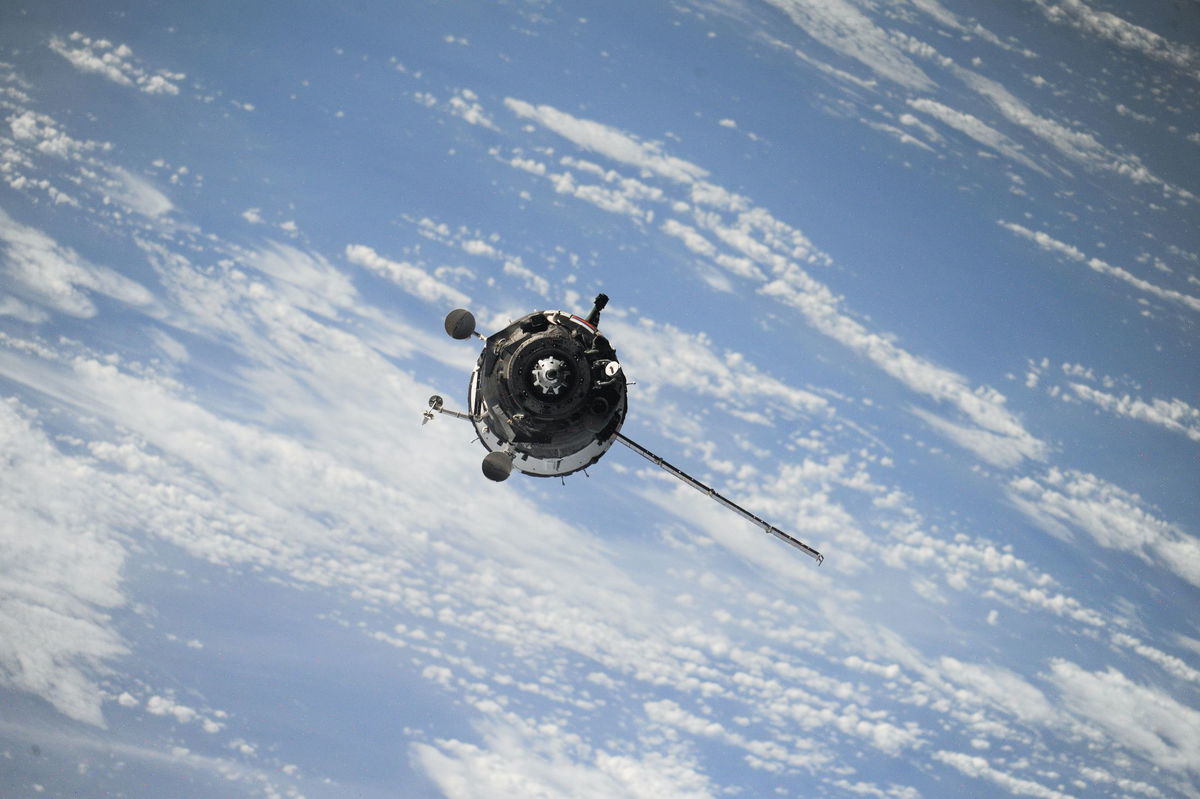A recent study published by a group of scientists warned of the significant negative effects of satellites and space debris in the night sky.
the natural astronomy In a report published in the magazine’s columns, the impact of light pollution was detailed, and the extent of the phenomenon’s impact on the work of observatories on Earth and in space was indicated. They also warned that the number of satellites in Earth orbit is expected to rise from the current 9,000 to more than 60,000 by 2030.
Vernal Equinox: The astronomical spring begins late Monday evening
It is estimated by the European Space Agency There are already more than 100 trillion pieces of ancient satellites orbiting the earth. Last year, NASA also issued a dire warning that SpaceX’s massive Starlink structure could impede “our planet’s ability to detect and potentially redirect a potentially catastrophic near-Earth asteroid impact.”
And a group of astronomers recently heeded NASA’s earlier warning and began organizing against SpaceX’s practice, arguing that “we all share the sky.”
While SpaceX’s Starlink clearly doesn’t account for space trash in Earth’s orbit, it’s arguably the best example of a company launching massive amounts of machinery into space at a time when its future implications weren’t fully known.
In their latest report, University of Santiago de Compostela colleague Fabio Falci and colleagues point out that the problem appears in the night sky in the form of light pollution: light pollution coming from Earth and from satellites in low Earth orbit. Unfortunately, it increases in parallel with the increase in the amount of space junk. They also confirmed that, due to light pollution, there are almost no remote places on Earth that meet the observatory’s criteria.












































